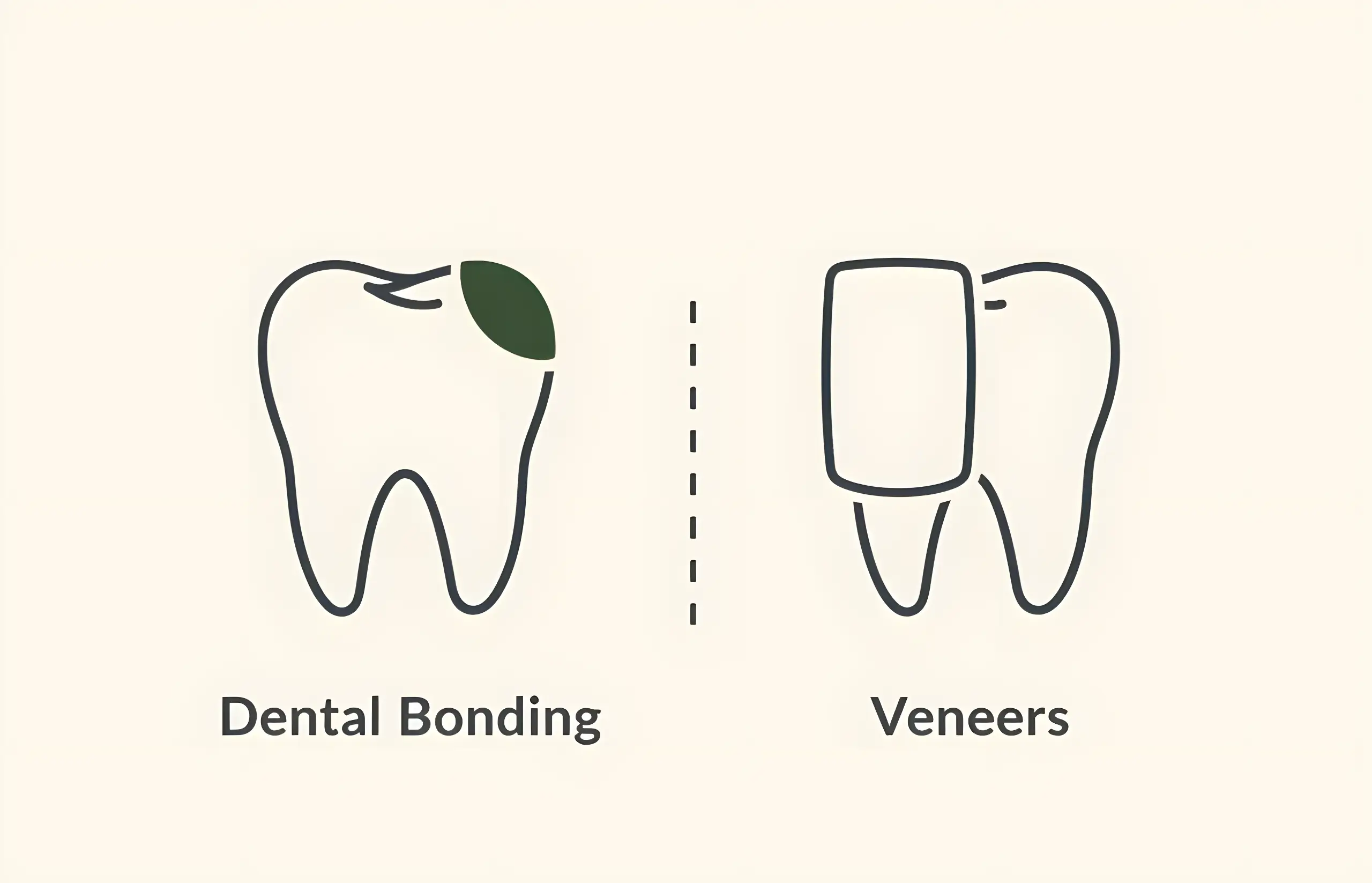If you're looking to improve the colour and shape of your teeth there are a number of alternatives to veneers available, but one of the most popular is dental bonding. While bonding doesn't have quite the same aesthetic impact as a set of porcelain veneers, it can make a big difference in the hands of a skilled dentist.
Research comparing these treatments provides important guidance: a 10-year study analyzing 1,459 veneer restorations found that ceramic veneers had superior longevity with annual failure rates of 2.8-2.9% compared to 9.1-10% for composite veneers. However, both treatments deliver high survival rates and patient satisfaction.
Here we'll look at porcelain veneers versus dental bonding to hopefully help you make the right decision for your treatment.
Veneers
Dental veneers are essentially an artificial cover for your existing teeth, designed to improve the shape and colour of your smile. They are hugely effective and are one of the best ways to transform a smile, but they are often quite expensive and people often combine veneers with other cosmetic treatments.
The dentist will initially take an impression of your teeth and discuss the potential veneer options available. If you opt for porcelain veneers they will be custom made in a dental laboratory, after which you will require another dental visit to have them fitted.
The fitting process involves the dentist removing some of the enamel on your teeth before fitting the veneers over them. The result is a brighter smile with better-shaped teeth, and the results can be pretty spectacular.
Longevity and Success Rates
Research analyzing 6,500 porcelain laminate veneers across 25 clinical studies provides comprehensive evidence of their effectiveness. The 10-year estimated cumulative survival rate (CSR) of porcelain veneers is 95.5%, with specific failure mode survival rates:
- Fracture alone: 96.3% ten-year survival
- Debonding alone: 99.2% ten-year survival
- Secondary caries alone: 99.3% ten-year survival
- Endodontic treatment need alone: 99.0% ten-year survival
Fracture appears to be the most common complication, followed by debonding, with both more commonly occurring within the first years after cementation. Veneers with incisal coverage and non-feldspathic materials demonstrate superior longevity.
If looked after properly they can last up to 20 years, so proper care is essential if you're looking for value for money.
Staining Resistance
Porcelain veneers are extremely resistant to staining, so they should look great for a long time. Patients often find that they require teeth whitening as their natural teeth start to darken with age just to maintain the same shade as the veneers. Research shows that smoking significantly worsens marginal discoloration.
Cost Considerations
The main downsides are the costs involved and the multiple visits to the dentists. The initial fitting can be expensive (£400-1000 per tooth), and if the veneers are broken or damaged they will need to be replaced – often at some expense. However, the superior longevity may provide better long-term value compared to treatments requiring more frequent replacement.
Dental Bonding
Bonding uses cosmetic resin to help repair any chips or cracks in your teeth, and can be used to treat a variety of issues including:
- Stains which are resistant to whitening
- Chips or cracks in the teeth
- Small gaps between teeth
- Short or narrow teeth
- Slightly misaligned or misshapen teeth
The resin will be applied and shaped by the dentist, before it is cured. The dentist will then usually continue to shape and polish the area until the desired look is obtained. For minor repairs to teeth and minor cosmetic issues bonding is usually the preferred option.
Clinical Performance
Research provides important insights into composite bonding performance:
A 2-year study found that 20% of composite resin veneers had failed, whereas all porcelain veneers remained intact. Although aesthetic appearance and gingival response were equal for both systems, composite veneers had a greater tendency to chip and fracture.
A 10-year practice-based evaluation found:
- Composite veneers: 3.9% annual failure rate at 5 years, 4.1% at 10 years
- Ceramic veneers: 1.4% annual failure rate at 5 years, 1.2% at 10 years
The overall pooled survival rate for composite veneers from randomized controlled trials was 88% (95% CI: 81%-94%), with mean follow-up time ranging from 24 to 97 months. Direct composite veneers had an estimated survival rate of 80% after 5 years.
Common Complications
Research identifies surface roughness, color mismatch, and marginal discoloration as the most reported complications for composite veneers. Due to physical properties and bonding strength compared to porcelain veneers, composite veneers tend to fail significantly faster.
Advantages
It's considerably more affordable (£200-400 per tooth) and the treatment can be completed in a single day, so many patients choose bonding over veneers for these kinds of problems.
Research shows patient preference towards composite veneers is influenced by significant factors including tooth conservation, time, repair costs, and replacement costs.
Choosing Between Bonding and Veneers
If you have significant issues with tooth damage, discolouration or alignment then dental bonding may not be the best option. Veneers are one of the most transformative treatments available and are the ideal choice for repairing more extensive dental damage and correcting any tooth shape or alignment issues.
Patient Satisfaction
Interestingly, research shows no significant difference in patient perception of cosmetic improvement between composite and porcelain veneers. Both treatments deliver aesthetic satisfaction, with the choice depending more on budget, longevity expectations, and extent of cosmetic concerns.
Risk Factors
Research indicates significantly increased failure rates are associated with:
- Bruxism (teeth grinding): Requires protective mouthguard
- Non-vital teeth: Higher risk of complications
- Smoking: Worsens marginal discoloration
- Bonding to dentin vs enamel: Ceramic veneers bonded to enamel show higher survival rates than those bonded to dentin
Bond Durability
An important consideration is that laboratory studies show resin-dentin bonds degrade faster than clinical restorations actually fail. This paradox suggests that while laboratory tests demonstrate rapid deterioration, clinical performance depends on multiple factors including patient motivation and oral hygiene, not just adhesive durability alone.
Alternative Options
There are other options aside from porcelain veneers if they are currently outwith your budget. Instant veneers offer a useful and more affordable treatment which can normally be completed in a single visit, while you may be able to transform your smile using some tooth reshaping and teeth whitening treatments.
Making Your Decision
Choose composite bonding if you:
- Have minor cosmetic issues (small chips, gaps, slight discoloration)
- Want treatment completed in one visit
- Have budget constraints (£200-400 per tooth)
- Prefer minimal tooth preparation
- Need a temporary solution or are testing cosmetic improvements
Choose porcelain veneers if you:
- Want comprehensive smile transformation
- Have multiple cosmetic concerns
- Desire maximum longevity (95.5% 10-year survival)
- Want superior stain resistance
- Can invest in long-term solution (£400-1000 per tooth)
- Have extensive tooth damage or discoloration
Both treatments have proven effectiveness, with research confirming high patient satisfaction regardless of material choice. The decision ultimately depends on your specific needs, budget, and expectations for longevity. Consult with your dentist to evaluate your individual case and determine which treatment will deliver optimal results for your smile goals.
Sources and References
-
[1]
Long-Term Survival and Complication Rates of Porcelain Laminate Veneers in Clinical Studies: A Systematic ReviewJournal of Clinical Medicinehttps://pmc.ncbi.nlm.nih.gov/articles/PMC7961608/
-
[2]
10-year practice-based evaluation of ceramic and direct composite veneersDental Materialshttps://pubmed.ncbi.nlm.nih.gov/35379471/
-
[3]
The effect of veneers on cosmetic improvementBritish Dental Journalhttps://www.nature.com/articles/sj.bdj.2009.609
-
[4]
Durability of bonds and clinical success of adhesive restorationsDental Materialshttps://pmc.ncbi.nlm.nih.gov/articles/PMC3863938/
All sources accessed and verified on . Medical information reviewed for accuracy and compliance with current guidelines.
Related Articles
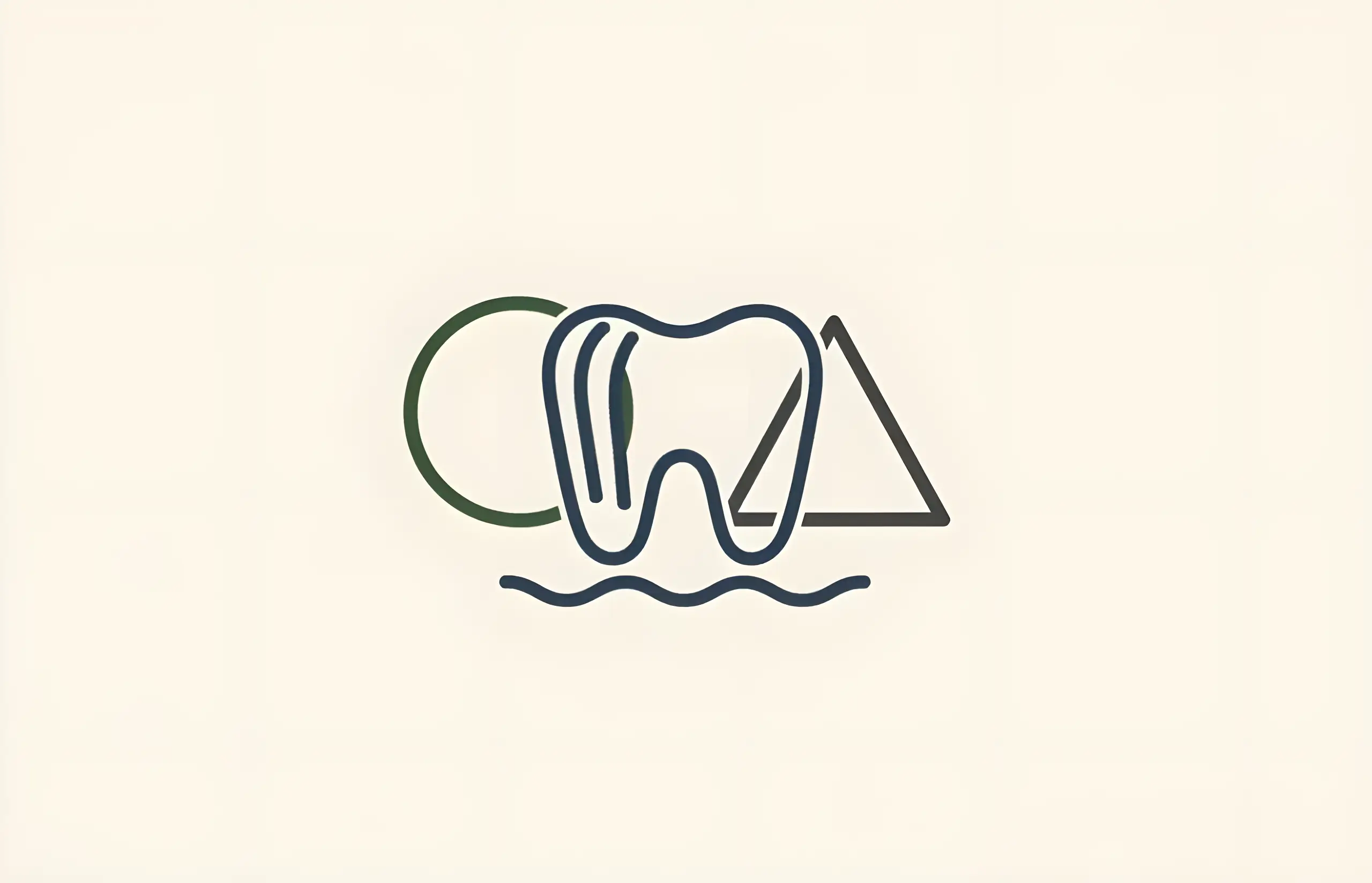
Alternatives to Veneers
Comprehensive guide to cosmetic dentistry alternatives to veneers, including teeth whitening, microabrasion, orthodontics, tooth recontouring, and dental bonding

Can You Whiten Veneers?
Comprehensive guide to veneer whitening, why porcelain veneers resist bleaching, stain removal options, color matching strategies, and maintenance tips

Composite Veneers vs Porcelain Veneers
Comprehensive comparison of composite and porcelain veneers including costs, longevity, aesthetic results, treatment procedures, and which option is best for your smile transformation

Dental Bonding – Costs and Information
Comprehensive guide to dental bonding procedures, including composite bonding, adhesive bonding, treatment process, and costs ranging from £90 to £800 depending on the type of bonding

How Much Do Dental Veneers Cost in the UK?
Comprehensive guide to dental veneers including history, materials (composite, porcelain, lithium disilicate), treatment process, costs (£200-£1000 per tooth), longevity, care instructions, and cost factors
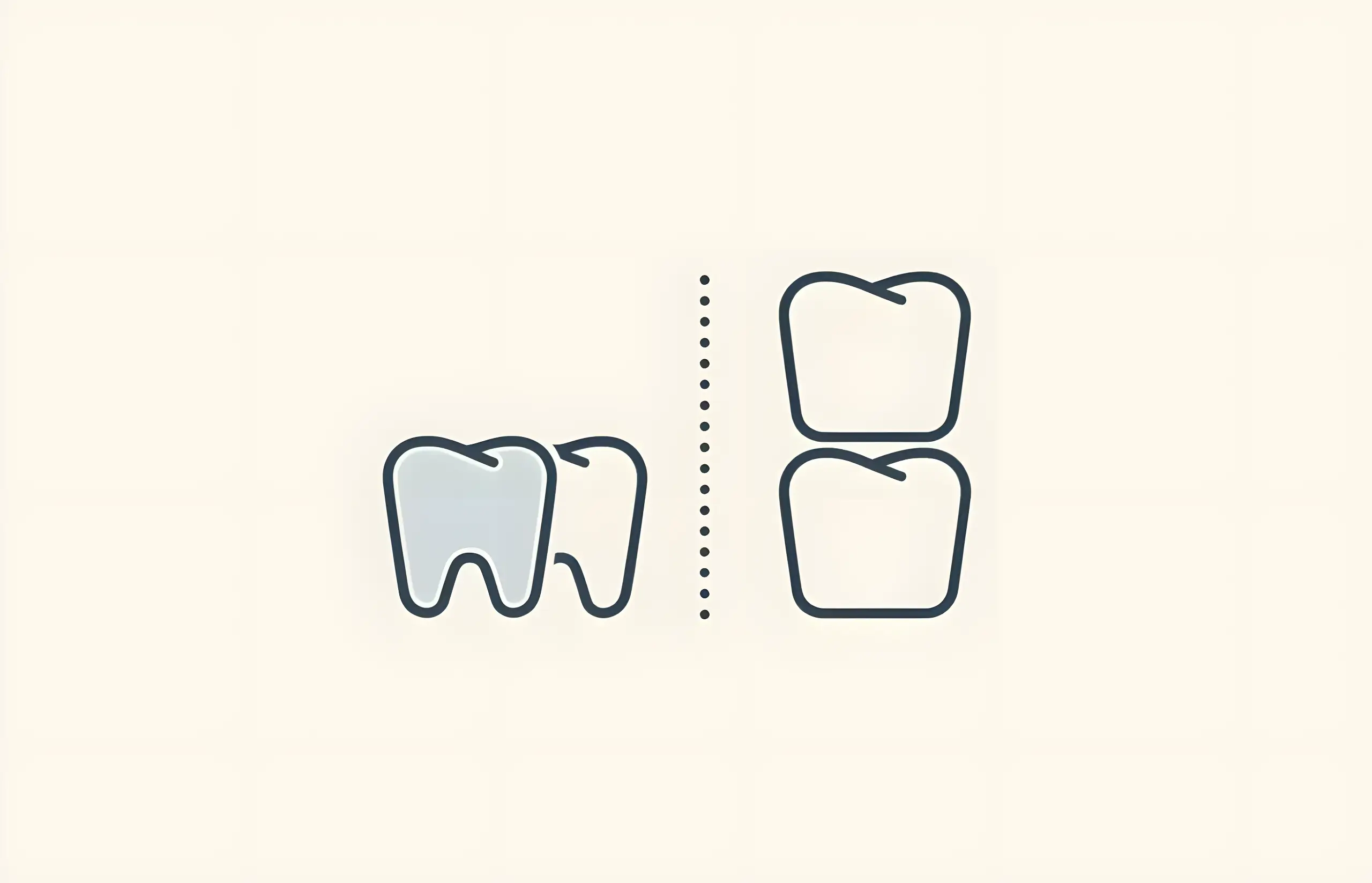
Dental Veneers – Before and After Pictures
Comprehensive guide to dental veneers transformation results, patient satisfaction rates, aesthetic outcomes, smile makeover success, and clinical evidence from before and after studies
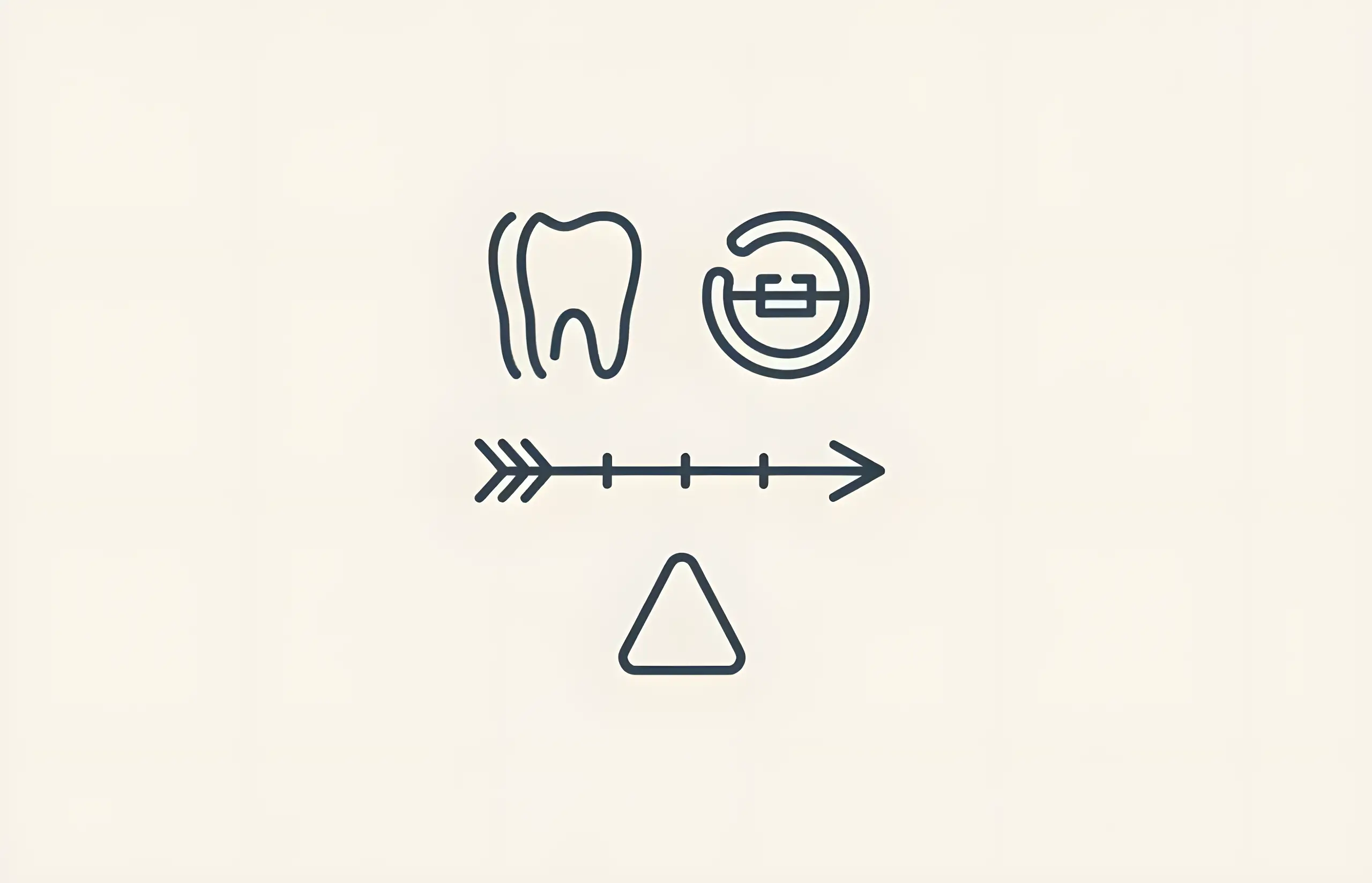
How Long Do Veneers Last?
Comprehensive guide to veneer longevity including survival rates, replacement considerations, irreversible enamel removal, color stability issues, and alternative restoration options
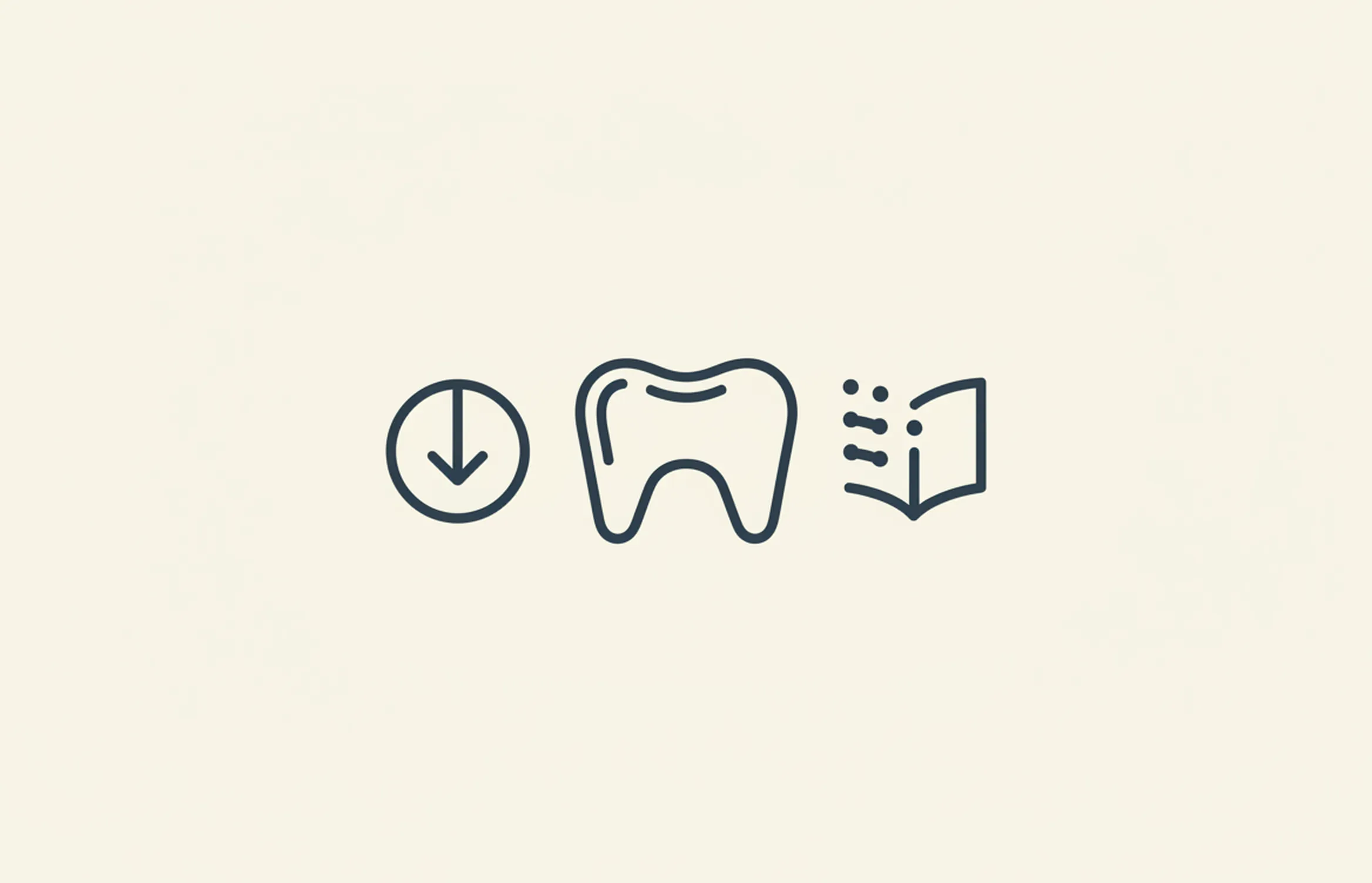
Instant Veneers – Costs and Information
Complete guide to instant veneers including prefabricated composite veneers, how they work, costs, and comparison with traditional porcelain veneers

Different Types of Veneers
Comprehensive guide to veneer types including porcelain, composite, instant, and removable veneers with survival rates, costs, pros and cons, and how to choose the right option
Zoom Teeth Whitening Costs & Reviews
Professional Light-Activated Whitening Analysis (15-78% Experience Sensitivity, Conflicting Efficacy Evidence)
About The Dental Guide
The Dental Guide is a trusted online resource providing evidence-based information about dental health, treatments, and procedures. Our content is created and reviewed by qualified dental professionals to help you make informed decisions about your oral health.
Our Mission
- Evidence-based dental information
- Expert-reviewed content
- Clear, accessible explanations
- Latest treatment options
- Patient-focused guidance
Editorial Standards
- GDC-registered dental professionals
- Peer-reviewed sources
- Regular content updates
- Medical accuracy verification
- Transparent authorship
Important Notice
The information on The Dental Guide is for educational purposes only and should not replace professional dental advice. Always consult with a qualified dentist for diagnosis and treatment recommendations tailored to your individual needs and circumstances.
Medically Reviewed
Reviewed by Dr. Nasim Mechoui , BDS (Bristol)
Share this article
Comments & Discussion
Have questions about dental implants? Share your thoughts or experiences.
